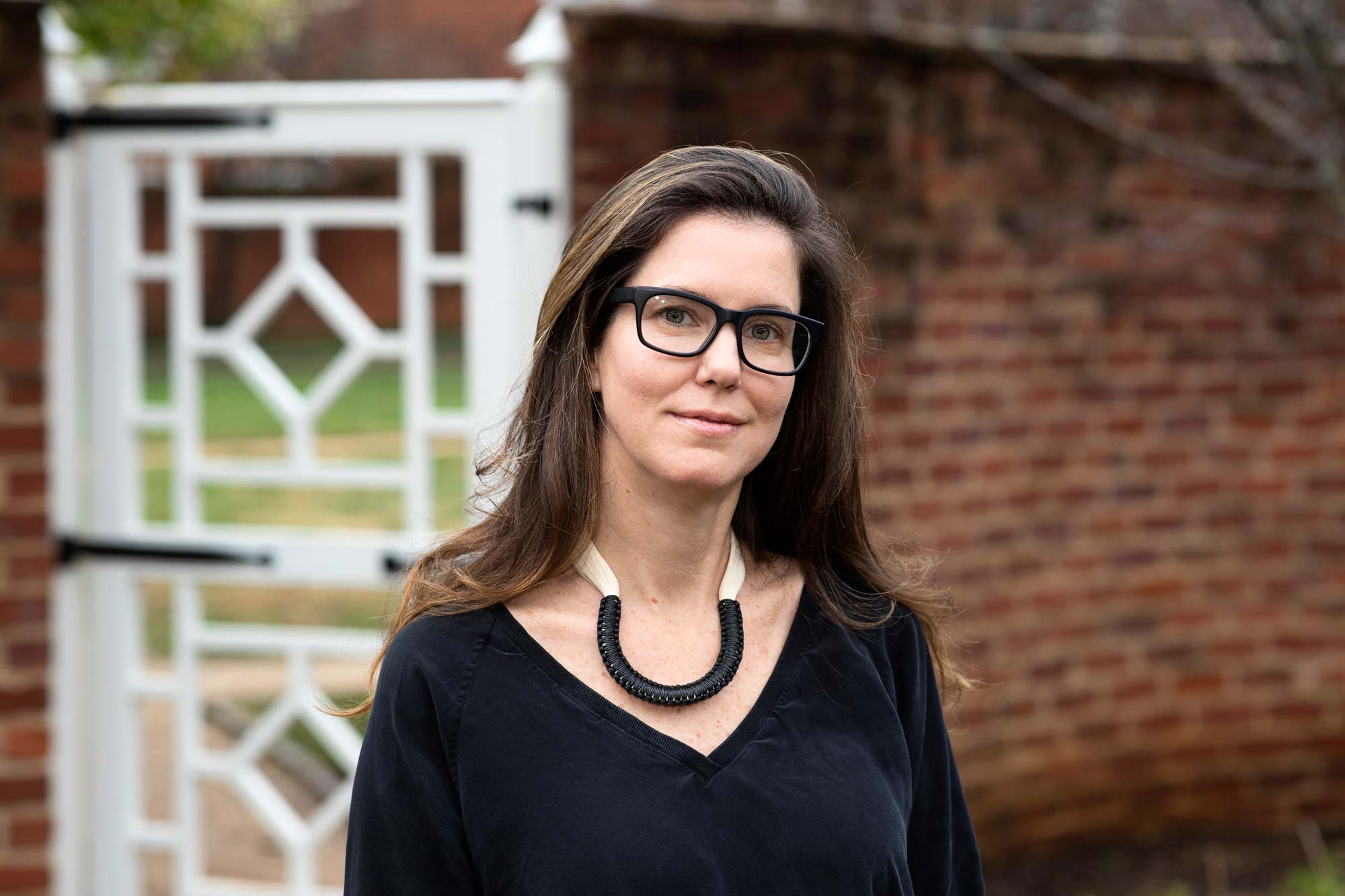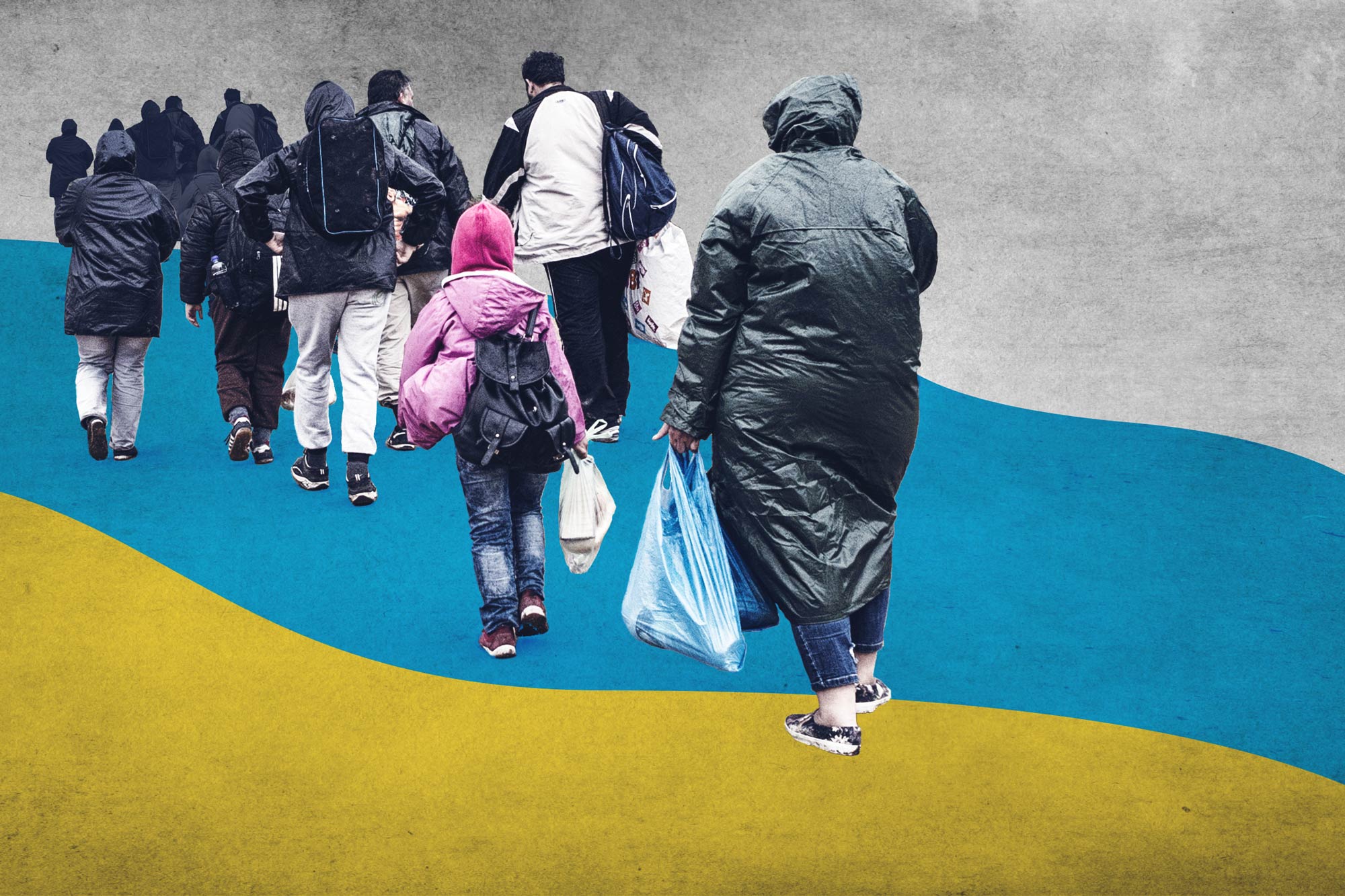With Russia’s invasion of Ukraine squarely in week three, nearly 3 million people have fled the embattled country. The United Nations estimates more than 2 million people have been displaced inside the Eastern European country.
The upheaval has sparked a massive humanitarian crisis, crippling the financial sector, disrupting food chains and leaving families in tatters.
To better understand the scale of disruption, as well as to learn how people outside the country can help, UVA Today turned to Kirsten Gelsdorf, a professor of practice of public policy and leadership in the University of Virginia’s Frank Batten School of Leadership and Public Policy.
Gelsdorf, who began her career at the United Nations working in humanitarian crises, including the 2004 Indian Ocean tsunami and the 2010 Haiti earthquake, is co-director of UVA’s Humanitarian Collaborative.
Q. Can you outline the current humanitarian crisis for our readers?
A. There is a crisis happening on multiple fronts.
There is a crisis happening inside Ukraine, with people trapped in different besieged cities. That requires two sets of responses – trying to get access and assistance to those populations who want to get out safely, and also to get help to people who are staying in those cities.
There is also an internal displacement crisis happening in Ukraine, with people leaving besieged cities and moving into the countryside, mostly in the west.
And there is the crisis happening across the border, with people fleeing and trying to get refugee status in other surrounding countries.
Q. What challenges do these crises present?
A. Within all three of those contexts, there are different kinds of humanitarian obstacles and challenges to getting aid to people.
Inside Ukraine, it’s trying to get the hostilities to stop, trying to protect civilians from being bombed, which are infringements against international humanitarian law. There’s a large advocacy component to this, but it’s really also trying to protect people or getting them out to safety.

Kirsten Gelsdorf is a professor of practice of public policy and leadership in UVA’s Frank Batten School of Leadership and Public Policy. (Photo by Dan Addison, University Communications)
For people who are stuck inside, it’s making sure that they’re getting the lifesaving assistance that they need – things like food, water and electricity. Then in the more rural areas, it’s making sure there is access to those areas, figuring out how many people there are and what assistance is needed.
Externally, it’s ensuring that countries are welcoming to refugees, providing them with services and, hopefully, allowing kids to go to school and people to work.
Q. Who is on the ground in Ukraine helping right now?
A. The Ukrainian Red Cross is working. Then there’s the International Committee for the Red Cross, which is the global organization. There is Doctors Without Borders. So basically large, mainstream, international non-governmental organizations.
The humanitarian community has been in Ukraine since the earlier crisis in 2014. In addition, there’s a very strong local nonprofit sector and local organizations in Ukraine. So they’re also all responding, as well as local government. In the besieged cities, it’s the most complicated and difficult to try to get assistance. But the local, national and international systems are trying to get aid into those areas as well.
Q. The Black Sea port city of Mariupol has been encircled by Russian troops for two weeks and the Ukrainian government says more than 2,500 residents have been killed. How complicated is it to get aid into that area?
A. There’s no water, food, medicine, heat, electricity, phones, and of course, there are casualties happening as well. People are injured and being killed. So, one of the main priorities is trying to get medical assistance into Mariupol, and it’s difficult because there are active hostilities. There are limited, damaged roads to enter the area. There are checkpoints, staff shortages, and breaks in electricity and water service. So, even if you get access to the medical supplies that you need and there may be a cease in the fighting, getting in there and providing the assistance is incredibly complicated.
Q. How does this compare to other humanitarian crises?
A. To flip it a little bit, I would say there are 267 million people around the world who are caught in humanitarian crises just like this one right now. The United Nations estimates there are 6 million in Ukraine. There are 37 United Nations crisis appeals. So that means 37 different national and regional crises where there is a global humanitarian response happening right now. Think Yemen, Syria, Afghanistan or Ethiopia.
Q. What is the best way for people to help?
A. I think money is the key issue. Not in-kind assistance. So, no clothes or other donated items, unless they’ve been specifically called for by an established humanitarian organization.
What I usually try to encourage people to do is that given that there are such massive humanitarian needs around the world, if you feel the impetus to give to Ukraine, is there a way that you can give half to Ukraine and maybe half to Ethiopia or Yemen, to a crisis that is underfunded at the moment? Or is there a way that you can give half of your funding now and maybe half of your funding a year from now, when maybe the spotlight or the attention on Ukraine has diminished?
What we usually see is that in the beginning of the crisis there is a lot of money and funding and support, and then it tapers off.
You can donate directly to organizations like the International Rescue Committee or the Ukrainian Red Cross or UNICEF or the United Nations Human Rights Committee, to any of the established organizations that are providing a response. They, in turn, deliver cash transfers to people in need in Ukraine.
Q. How can students learn more about humanitarian work?
A. I teach a really large undergraduate course that’s an introduction to global humanitarian assistance. I’ll be teaching that in the fall, and it’s open to all undergrads. Students don’t need to be enrolled in the Batten School to take the class. It usually has around 150 students, and we cover crises exactly like this, like Ukraine.
I feel really passionate about this field, and it is always so rewarding to me when I teach that large class and I get undergrads who are engineers and architects. In my class, one of the assignments is to write an operational situation report, just like the operational reports that are coming out of Ukraine right now. I have them do only real-time assignments in my class.
Media Contact
Article Information
March 14, 2022
/content/humanitarian-crisis-ukraine-and-beyond-and-how-you-can-help

